Ping is one of the few remaining family owned companies in golf and I met current Chairman & CEO John Solheim (centre) with his son and Executive Vice President John K. Solheim (left) at The Open in St Andrews to discuss new products and their use of 3D printing.
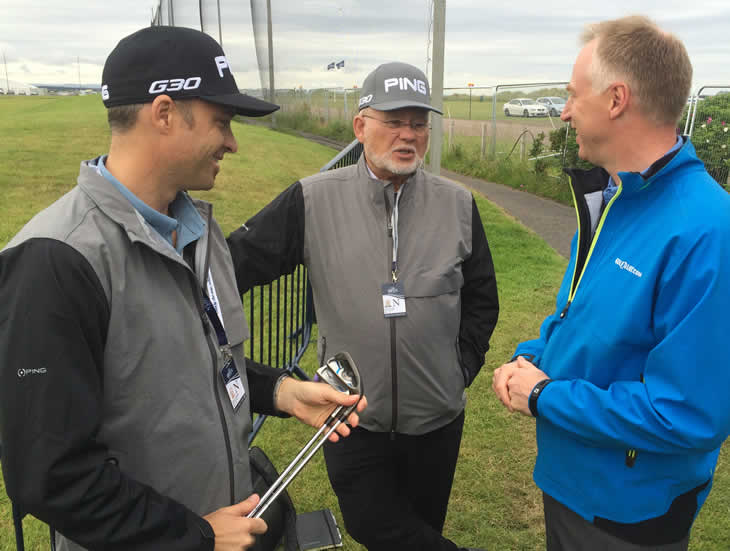
Hi. As we speak you are launching the i iron and GMax iron. Can you explain how you decided to go with those names?
John: Names are the hardest things in the whole business. It is very tough to come up with new names and it is sometimes tough to get us to agree, but with these products there was no problem.
John K: We are trying to make it easier for the customer and we found that the ‘G’ range was a product that seemed to work well for everybody so we wanted to bring our super forgiving irons into that range so we have gone from the ‘K’, Karsten, to the GMax to bring it under that ‘G’ family.
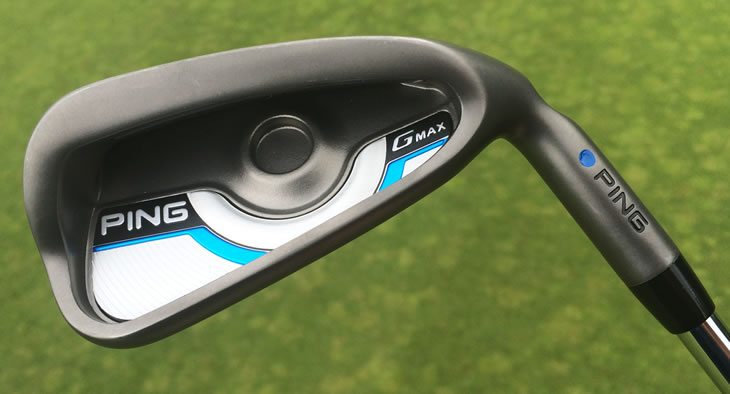
I saw that GMax face is 3% faster which obviously feeds into more distance. Do you feel that distance is an important message now in irons and if so, why would that be?
John K: Well I would say it depends on how you deliver that distance, so we have actually done a lot of testing and development into that. These deliver distance by going high with a high ball speed, so they have a lot of stopping power on the green which is what the golfer needs.
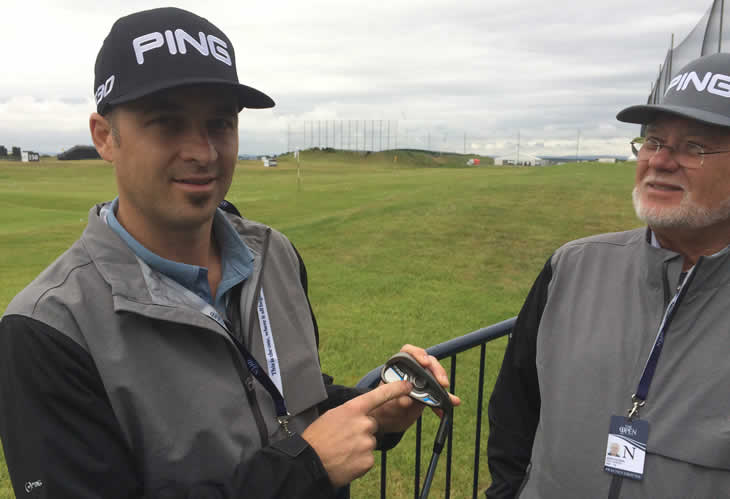
We have tested a lot of product that goes further by de-lofting the iron, which also increases ball speed, but you don’t have that stopping power, so you are hitting 7-irons that don’t hold greens, whereas the GMax irons have the same lofts as previous Ping 7-irons, they just go higher and further and have a tighter dispersal area so they are more consistent for the golfer.
Do you still use peak height to get the numbers to compare between the irons?
John K: Yes and so these irons in the respective numbers go higher than in previous generation irons, so the GMAX 7-iron goes higher than the previous Karsten iron.
What happens at the bottom of the set? Are you encouraging people to buy more specialist wedges like the Glide, because obviously the set wedge may now be going a little bit further than required?
John K: Not really. The wedge will go a little bit further but not as much as you are going to see higher up the set in the 5 and the 6 irons. So the GMax wedges available with the set tend to be much more forgiving, have a much wider sole, with more bounce so they are very playable. If you’re the type of player who likes to open the face a lot and play lots of shots like that then wedges like the Glide would be more suitable.
What percentage of sales do you think the GMax will make up?
John K: That’s a very difficult question and one that is difficult to know at launch. Of irons the G30 makes up 20-30% of total sales, so this may be around 10%.
John: The super-forgiving category that the GMax fits into is a much smaller category compared to where the G30 iron sits, but when people start hitting these you never know what is going to happen.
John K: People really like them once they start hitting them so given where the golf industry is, we are what we call cautiously optimistic in the way we are forecasting so we are going to let it grow. With the COR-Eye technology and the results we are seeing we feel very positive about it, but we are waiting to see what happens.
And where in the Ping offering do you expect the i iron to sit?
John K: We have good expectations for the i iron when you look at the market sizes, for example we think the size of the market for the i iron is twice that for GMax. The i iron is aimed at the traditional avid golfer and there are a lot more of those golfers and they tend to buy golf clubs more often as well.

The i iron also has more ball speed, obviously not as dramatic an increase as in the GMax; it has a tighter dispersal; it is a new metal with a softer feel to the iron, which again fits the type of golfer it is aimed at.
As with the previous i’s it is what we call a progressive set, so that means these irons don’t have a full range of wedges, instead it is meant to flow naturally into the Glide wedges with the gap wedge being a small workable club, whereas the 4-iron is a little bit bigger and more forgiving and higher launching than say, an S55 4-iron.
You mentioned the Glide wedges which I thought were excellent and you also have a new ES Glide wedge coming out too?
John K: Yes so, Glide ES has a sole and hosel that is modelled on the original Ping Eye 2 wedges.
So why did you decide to add this version to the existing Glide wedge range at this stage?
John K: Well, we have always know from Tour feedback that the best wedge we have made to get out of bunkers was the Eye2 and through testing we discovered that lot of the reason for that was the hosel configuration, that has a lot less surface are going into the sand which creates less drag.
So we wanted to bring that advantage together with the latest technology that we put into the Glide. The Glide ES also has the same concave area on the sole of the original Eye2 giving the same sensation out of the bunkers that worked so well 20 years ago.
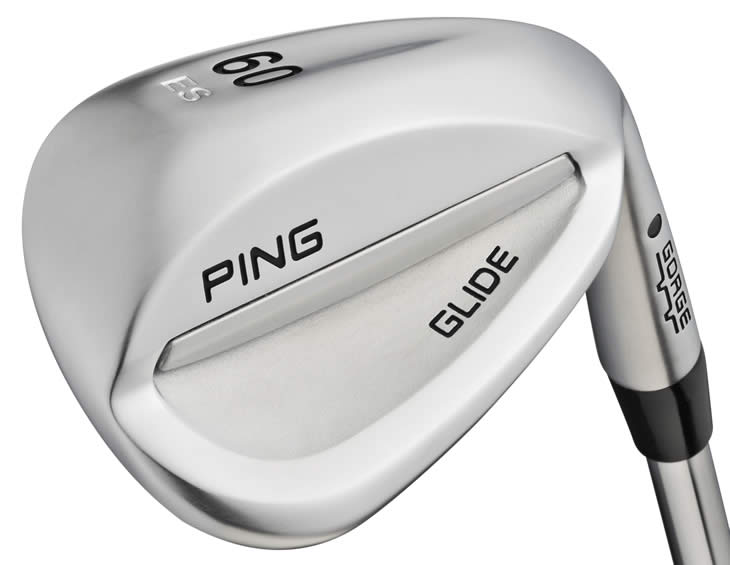
We’ve also found it is very versatile around the greens and sits nicely between our thin sole and our standard soles around the greens bounce wise.
Looking at wider trends we’ve noticed that a lot of the top players actually use the more standard versions of drivers like your G30. Is that something you have noticed and why do you think that is?
John K: Yes that trend has been there for a while now and it’s along the same lines of the consolidation of the names in the irons. So with the G30 driver we released the LS-Tec version earlier this year which is really what would originally have sat in the ‘i’ driver space, so it is a lower spinning version but it also has nearly all the forgiveness of the standard G30 driver. So we’ve had a lot of success on Tour with that lower spinning option so really the ‘i’ category has been moved into the ‘G’ family with the LS-Tec.
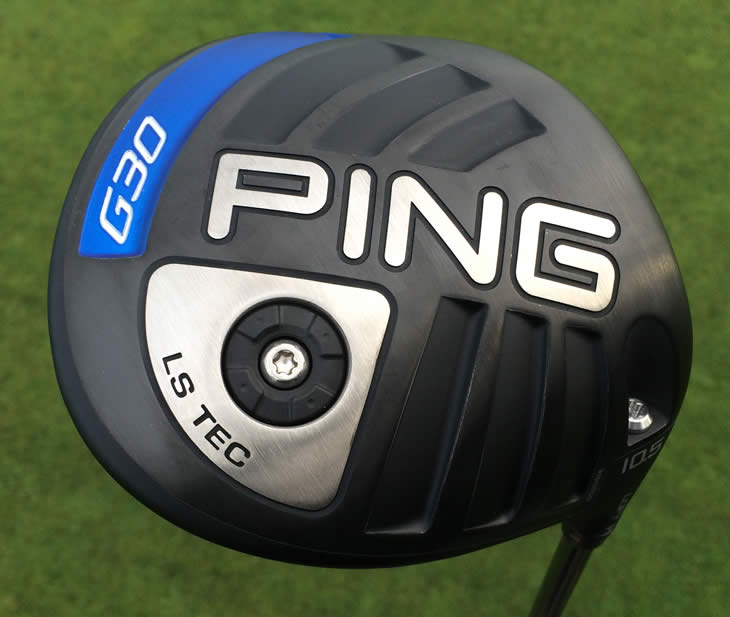
Looking back, which have been the key products that Ping has created?
John K: I think the G2 driver really helped us get into the metal wood market place. Before that we were in the wood woods market, but we didn’t get popular in metal woods until we had the G2 and since then we have been steadily gaining in that market. If you go way back then obviously the Eye2 iron was the start of everything.
John: The Eye2 iron was the biggest seller of all time of any iron for 8 or 9 years and it of course created a lot of conflict and changed some rules, but that is long behind us. The performance of that iron was phenomenal and the technology that is now going into irons is a whole lot more drastic than what we had then.
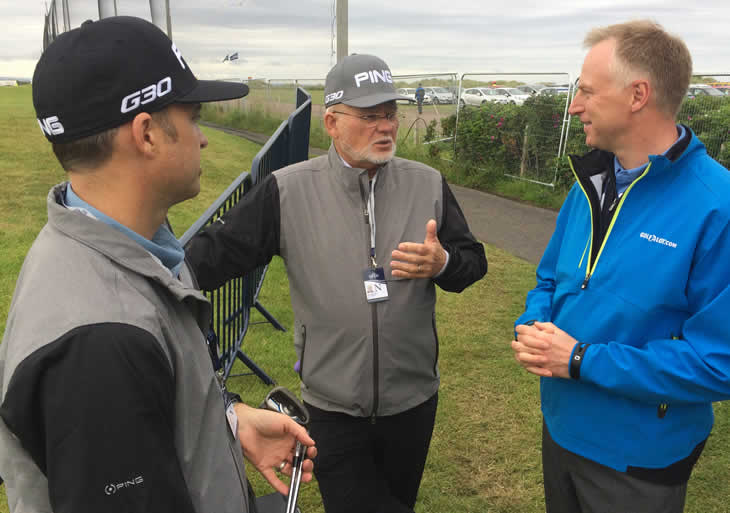
My dad and I didn’t have the tools at our disposal that my son has today in terms of how fast computers are now and how tight a grid you can build to analyse the performance. Originally when we were looking at the faces of irons we were looking at one surface as a finite element, but now technology allows them to look at the outer wall and inner wall and in-between, there is so much more detail that you can see.
All of our clubs we go through and analyse in extreme detail how they are going to stand up as we are pushing the limits, so we can learn where we can put weight, where we can take weight out and the detail we put into all of the clubs when we are analysing them goes to the nth degree now thanks to the technology we have available.
Talking about technology, earlier this year I was shown your plans for a 3D printed putter. Has that got any closer to being commercially available?
John: We are working very hard on that in terms of exactly how we are going to do it. It’s a fun project but we need to look at how it works. There will probably be a limited run to begin to see in what direction it can go.
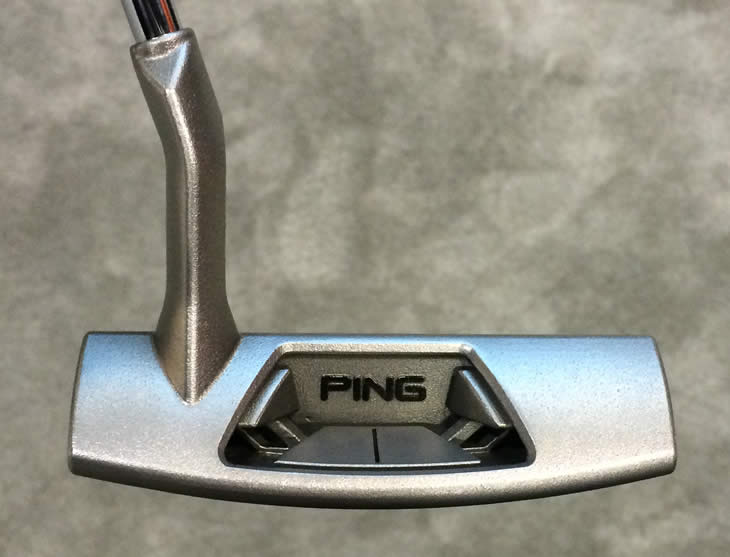
John K: It is progressing and before we came across to The Open we approved the latest design revisions to make two more samples to print out and once we see those we are going to evaluate where we are at. At some point there will be a very limited production and availability, but it is something we are excited about.
You have the iPing putter app that allows you to fit your stroke and now with the 3D printing it seemed you almost had a process for self fitting and design. Is that how you see it developing in the long term?
John K: No that’s not really the big master plan! The i-Ping app really started as a putting training app that we have added some fitting tools to, so you could easily self fit and when people come in for a putter fitting that is the main tool we use in the process.
You also have an nFlight app for club fitting too, so is that going to move towards self fitting or is that going to stay for retailers to use?
John K: Well, with that you also need a launch monitor so you could potentially self fit at retail as the app could drive the fitting logic, but you do need a launch monitor and the nFlight motion sensors to capture swing dynamics so we have those technologies, but we are really using those to make fitting simpler. I’m not sure there is a big push for self fitting and we would always recommend using a trained fitter to make sure you get it right.
I notice you are wearing the new Ping apparel. I know you previously licensed your clothing so why with the latest collection have you taken control of it and brought it in house?
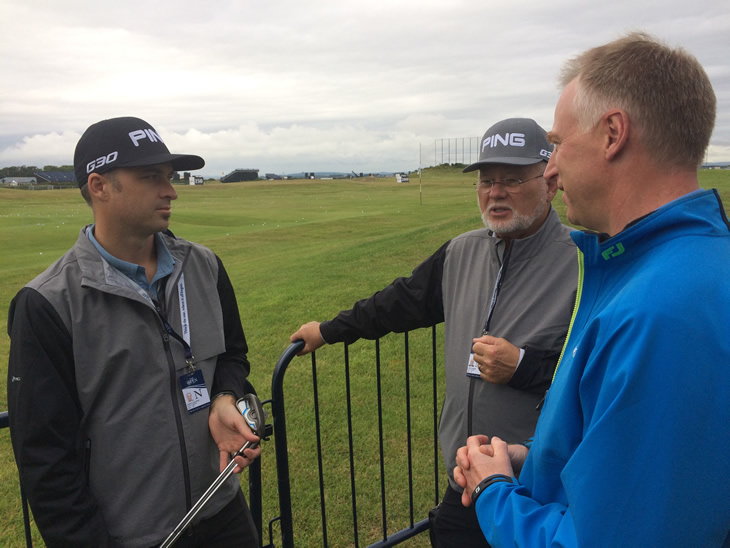
John: We weren’t really where we wanted to be with the clothing. We wanted to move it to a similar level to where the clubs are. It was previously meeting the mass market where we wanted to take it more up market with upper end technology so we decided to take control. It will take us a while to get there but we are taking our time and doing it the right way. My son Andy is the one heading that up and it’s a new thing so there will be some challenges, but it is an exciting move.
John K: We actually bought the licence company in the UK as we were impressed with the talent working there but by buying it we are able to take the chains off so to speak. With licensing they have to operate at a lower level, factoring, royalties etc, so they can now concentrate on operating on a higher level.
John: We’ve set new goals for them and they are doing a good job of it. The licensee in the UK was taking care of South Africa, Australia, New Zealand and Canada so that is continuing and we will expand it worldwide.
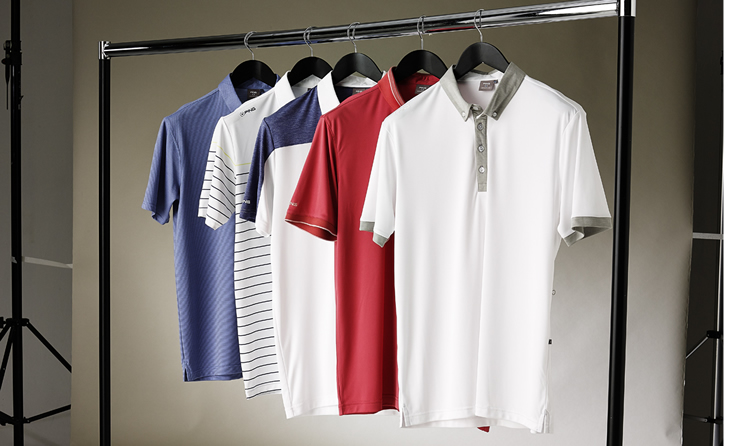
If I were to give you one wish for the golf market for the next year, what would it be?
John K: I guess I would just like for the excitement around golf to continue to increase. Getting more people to come to the game and getting current golfers playing more. If there could be some more excitement with people realising how good of a game it is and getting out to play that would be great.
John: I would like the something to help the youth realise what golf is all about and get them excited like they do with soccer and rugby.
How do you think that could be led?
John: We haven’t figured that one out. That is the difficulty but it needs some initiatives that reach out to kids and show them the challenge and enjoyment that the game of golf offers.